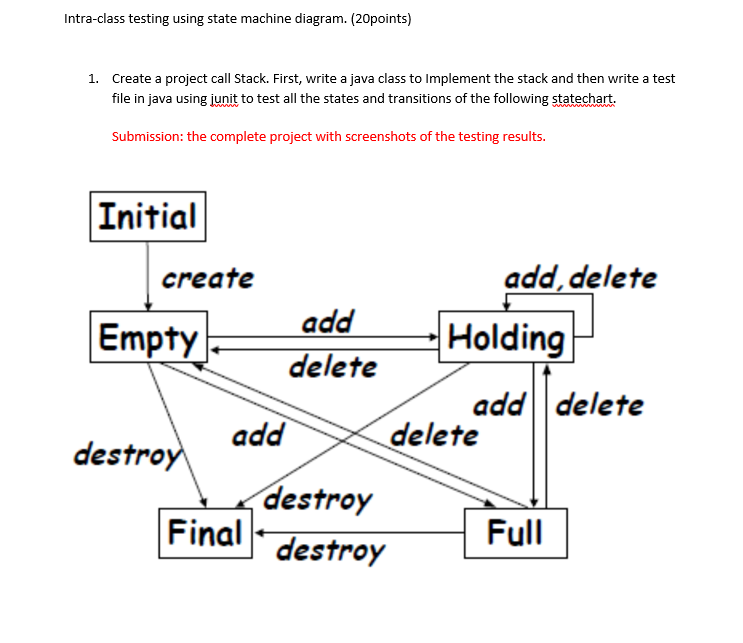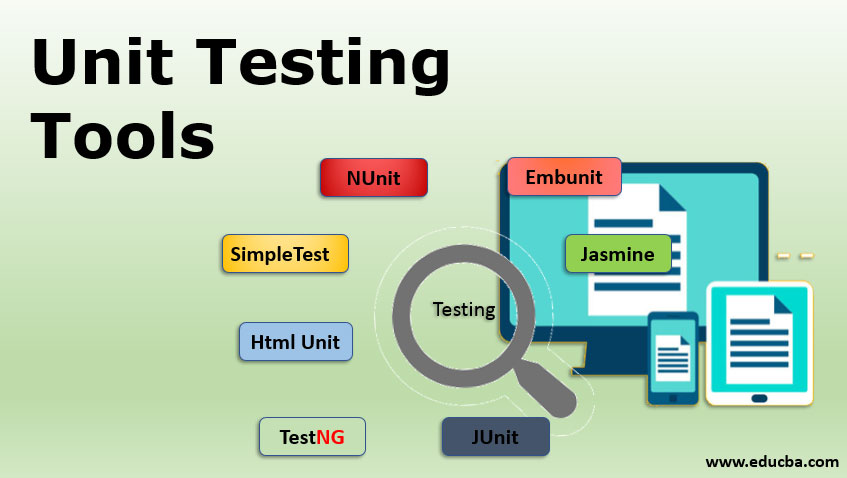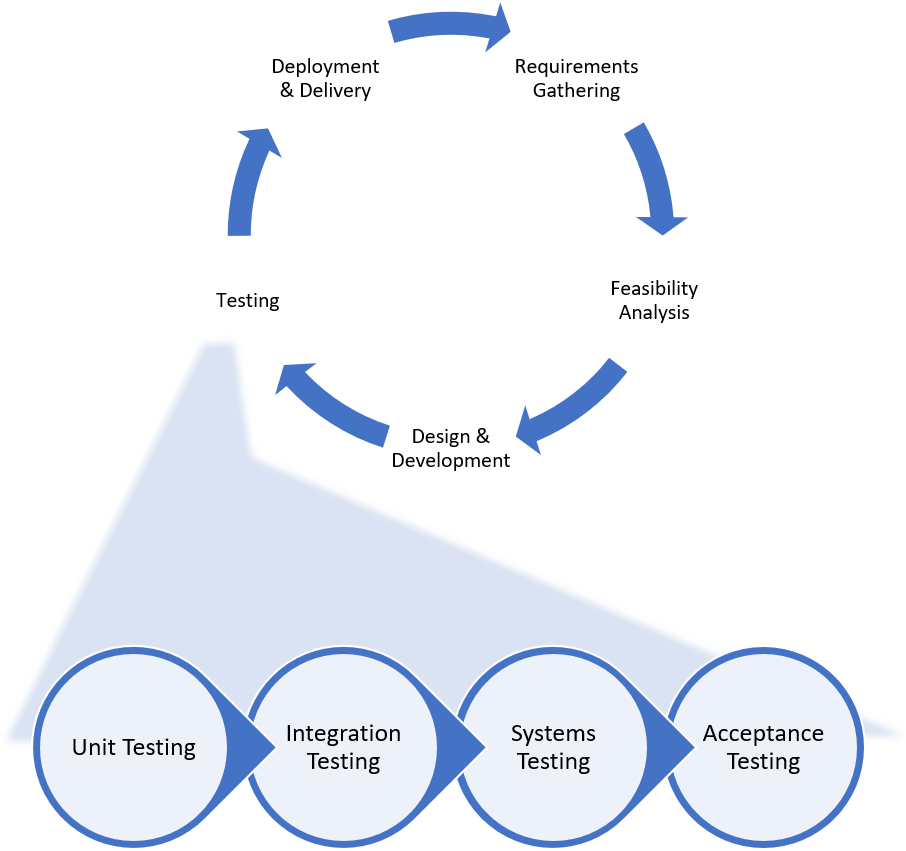

Someone from your team submits a merge request, a test fails and the pipeline.

Your pipelines indicate that there isn’t anything broken.
#Iunit testing full#
Output without searching through job logs, the full If you don’t use merge requests but still want to see the unit test report Only support test reports in the JUnit report format. Report on the merge request so that it’s easier and faster to identify theįailure without having to check the entire log.

You can configure your job to use Unit test reports, and GitLab displays a Works on the merge request has to check the job logs and see where the If the tests fail, the pipeline fails and users get notified. It is very common that a CI/CD pipeline contains a

#Iunit testing code#
Now, add one unit test application to the solution and the following is the code to do the unit testing of the code above. The code is very simple, the class contains only one function and it will always return true, since we are not interested in writing the business logic at all. So, create a class library application with the following code. Ok, fine we have understood the concept, so let's implement the three steps practically. In this step we will check and verify the returned result with expected results. Basically we will call the targeted function in this step using the object that we created in the previous step.Īssert: This is the last step of a unit test application. In other words we will do the actual unit testing and the result will be obtained from the test application. For example, to perform the test we need to create an object of the targeted class, if necessary, then we need to create mock objects and other variable initialization, something like this.Īct: This is the middle step of a unit step application. Here we will arrange the test, in other words we will do the necessary setup of the test. The concept of three "A"s are given below.Īrrange: This is the first step of a unit test application. The first one is setup test or arrange test, Act test or execute unit test and Assert means verify test result with expected results. In the overall view of any unit test application, we will see that a unit test is a three-step processes. This is a very important and fundamental idea of unit testing. In this short article we will understand the “AAA” concept of unit testing.
#Iunit testing how to#
In our previous article we saw how to do unit testing in the Visual Studio environment. This is the fundamentals of unit testing article series.


 0 kommentar(er)
0 kommentar(er)
